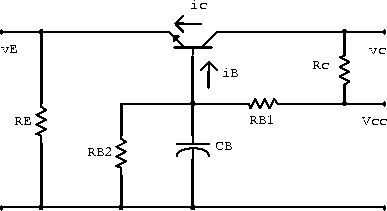
Figure 5.13: Basic common base amplifier.
The common base amplifier is also known as the grounded base amplifier. This amplifier can produce a voltage gain but generates no current gain between the input and the output signals. It is normally characterized by a very small input impedance and an output impedance like the common emitter amplifier. Because the input and output currents are of similar size, the stray capacitance of the transistor is of less significance than for the common emitter amplifier. The common base amplifier is often used at high frequencies where it provides more voltage amplification than the other one-transistor circuits.
A common base circuit is shown in figure 5.13. Above the corner frequency the capacitor between base and ground on the circuit provides an effective AC ground at the transistor's base.

Figure 5.13: Basic common base amplifier.
The voltage gain is given by
![]()
which is the same as the CE amplifier except for the lack of voltage inversion.
The input impedance looking into the emitter ( ![]() )
is quite small.
The output impedance of this circuit is never greater than
)
is quite small.
The output impedance of this circuit is never greater than ![]() .
.
Because of its high-frequency response and small input impedance, this
circuit is often used to receive high-frequency signals transmitted
via a coaxial cable.
For this purpose the input impedance of the amplifier is adjusted to
match the distributed impedance of the coaxial cable - usually 50 to
75 ![]() .
.